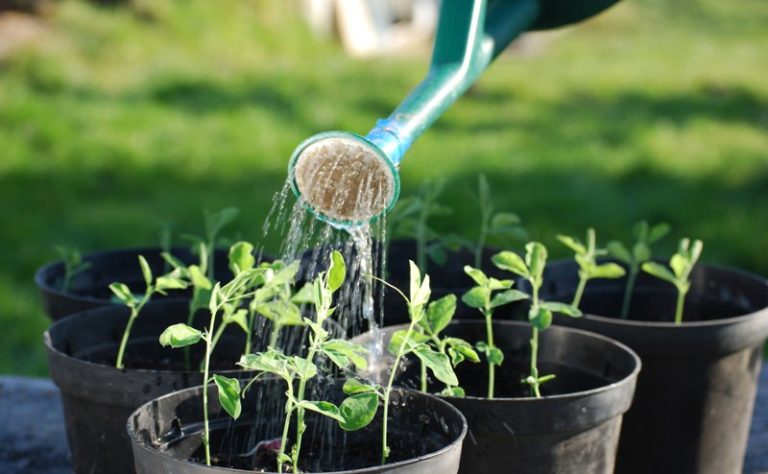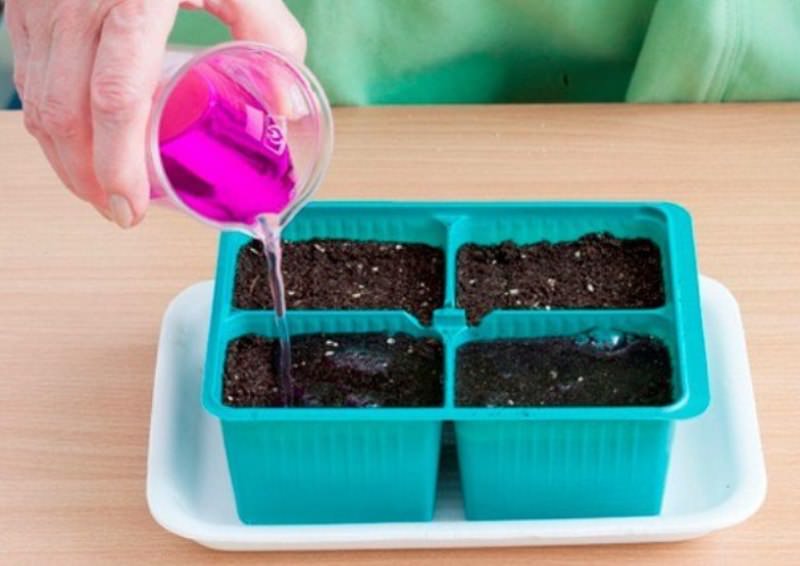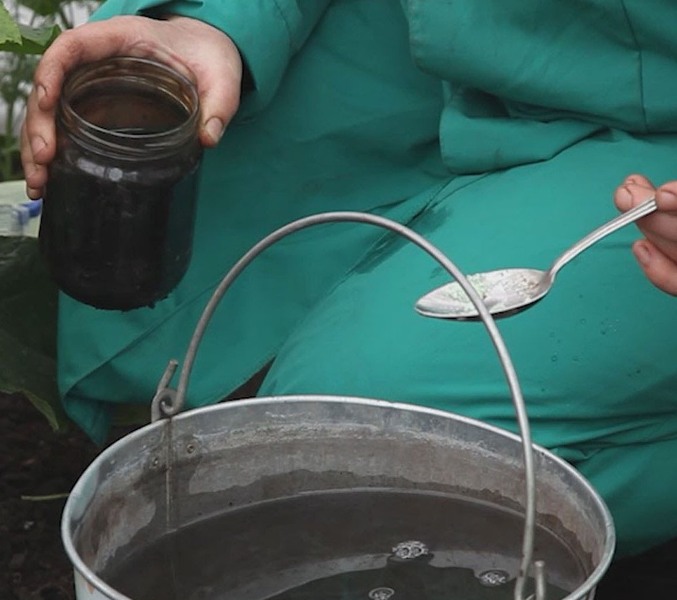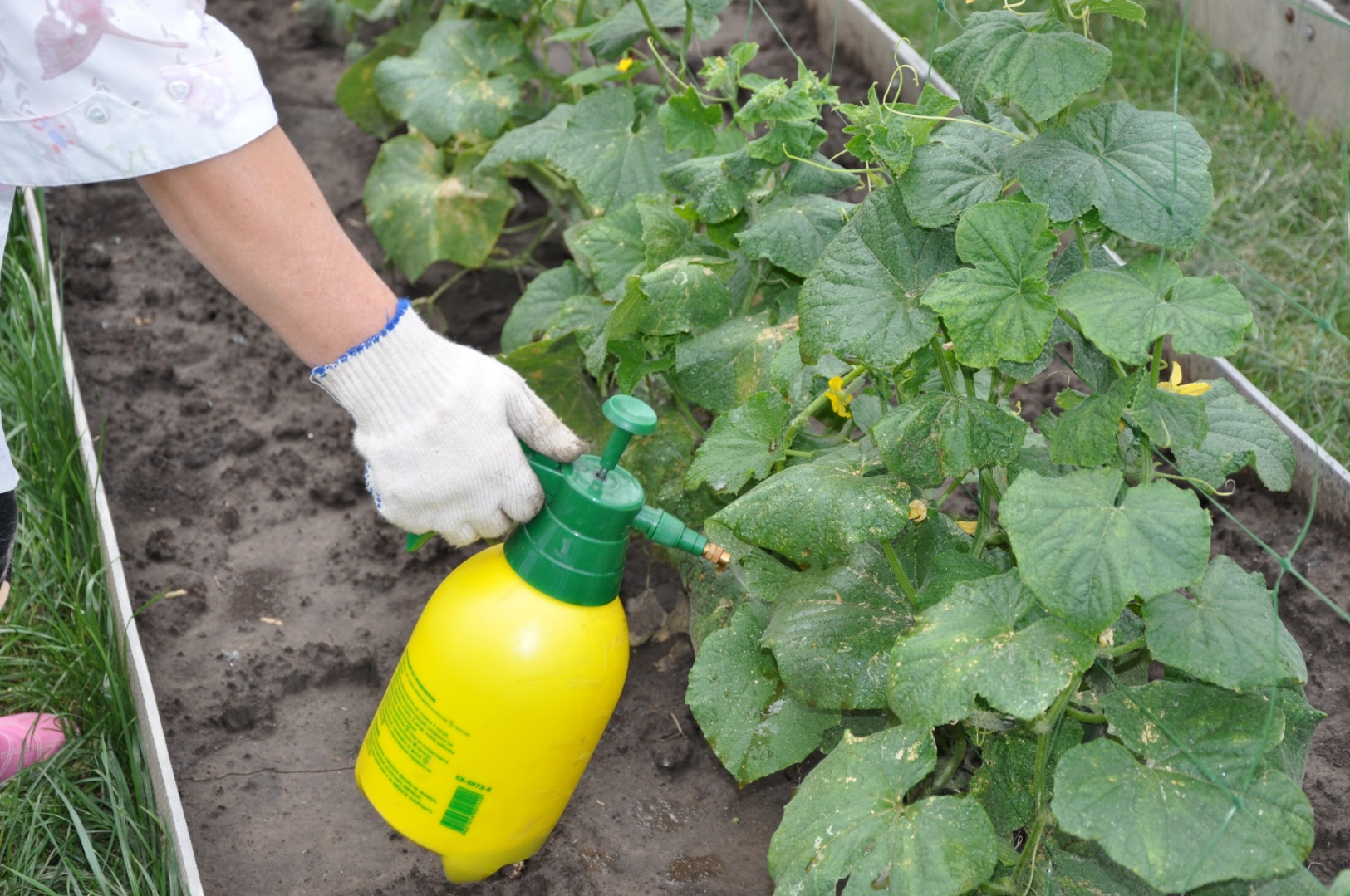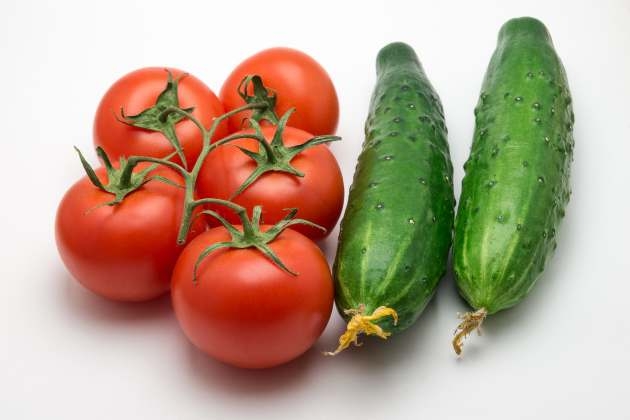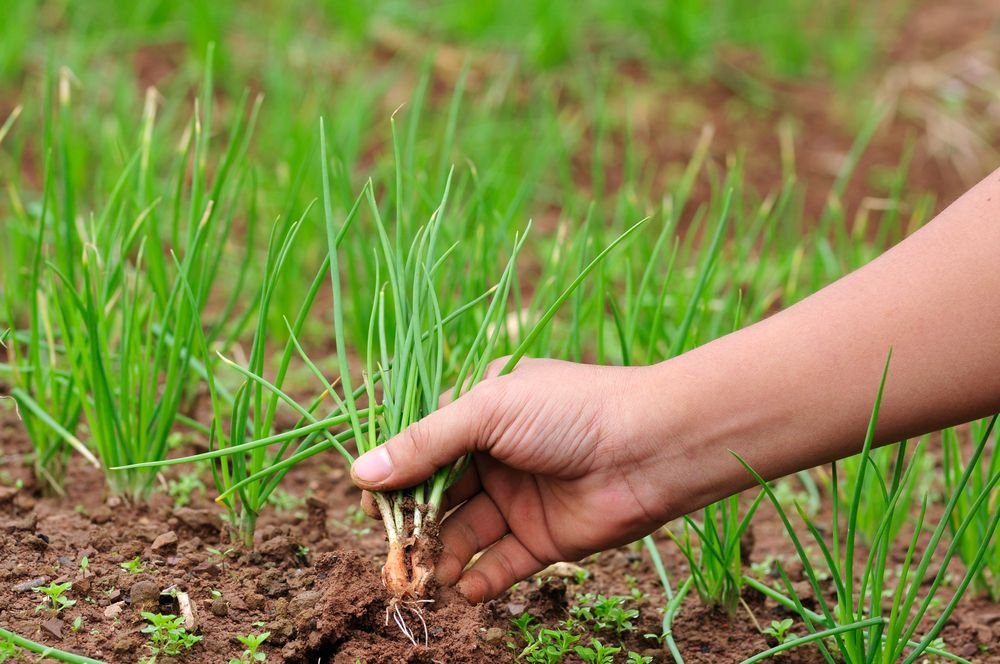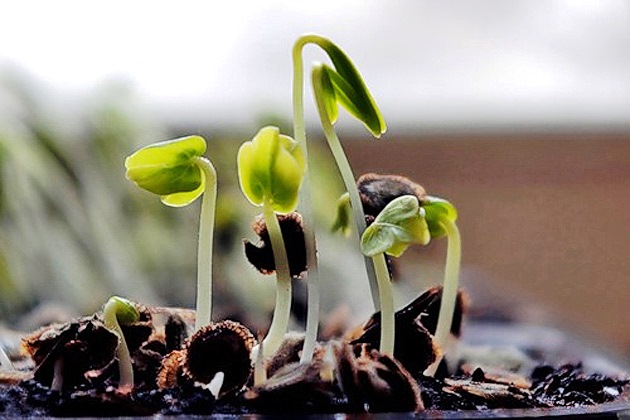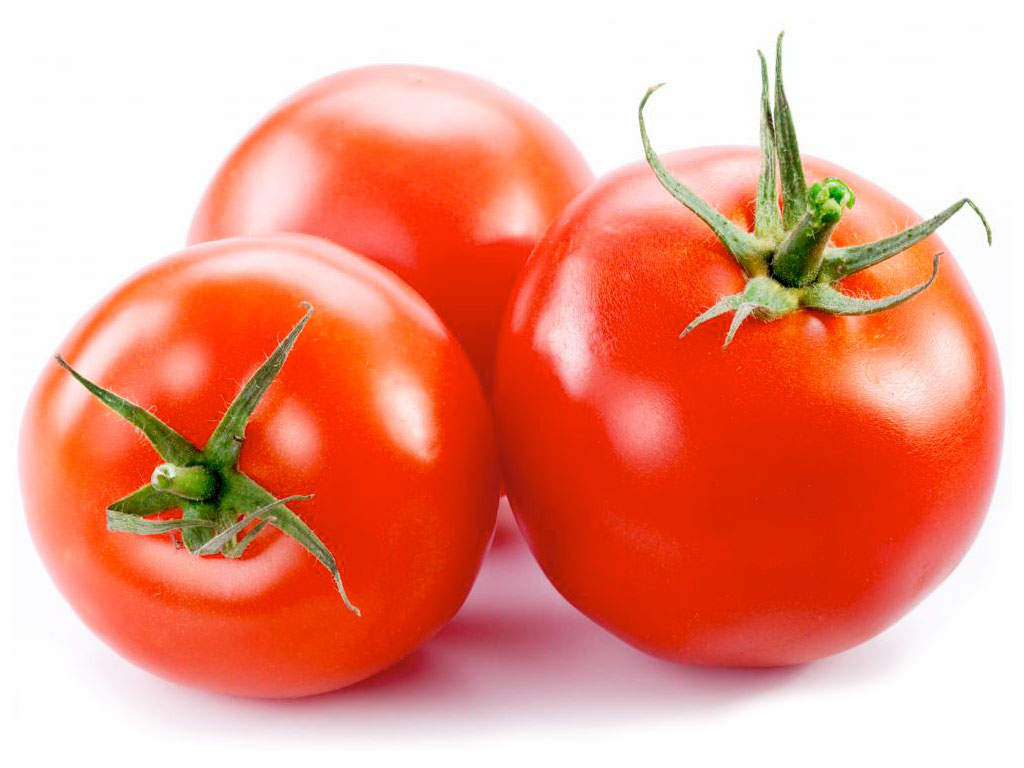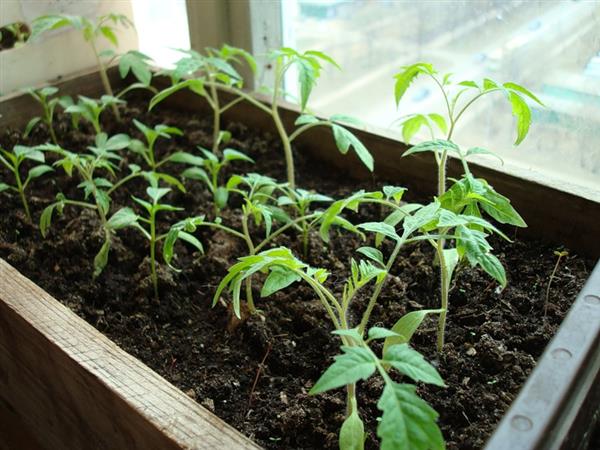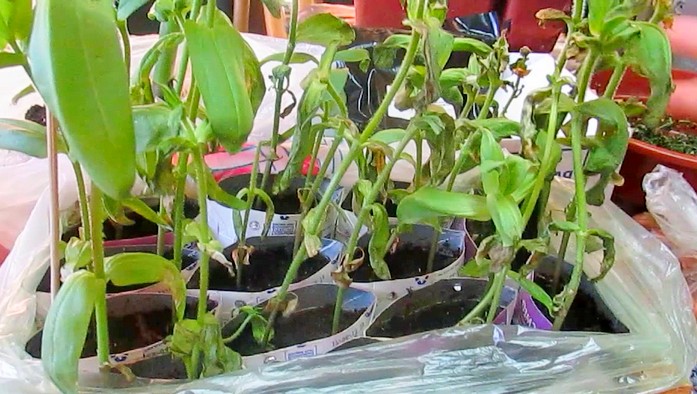Content:
Just 200 years ago, it was believed that tomatoes are harmful, they can deprive a person of reason, shorten life. They were called golden apples, they were afraid to eat and were not cultivated. Only thanks to scientific research the positive qualities of tomatoes, not only nutritious, but also medicinal, have become known.
Is it possible to water tomato seedlings with potassium permanganate
Now in every vegetable garden this wonderful vegetable is grown, which requires care, care, protection from pests. It is watering tomato seedlings with potassium permanganate that is considered the first remedy. The availability and diverse range of applications have made this tool popular among gardeners.
Having figured out whether it is possible to water tomato seedlings with potassium permanganate, you need to figure out how to do it correctly.
Soil tillage before planting
The main stage is the disinfection of the substrate, that is, processing the soil with potassium permanganate before planting tomatoes. Permanganese potassium has strong oxidizing properties. When it comes into contact with the soil, a number of chemical reactions occur:
- pathogenic microorganisms die;
- the soil is disinfected;
- faces, eggs of pests that are present in the ground are rendered harmless, stop multiplying;
A manganese solution is prepared in the proportion:
- For greenhouses and open ground - 5 g per 10 liters of water.
- For room planting - 5 g per 1 liter of water.
The mixture is treated with a container into which the soil is placed, then the soil itself is abundantly watered with a solution. This will help get rid of the fungal infection, destroy pathogens, and prevent infection of seedlings. The main soil treatment is carried out 10 days before planting.
Seed treatment
For better seed germination, they are poured with hot water for a day, then kept for 20 minutes. in a solution of potassium permanganate. Such a procedure will add endurance to them, protect them from the development of many diseases. Potassium permanganate contains trace elements that nourish the seeds, make them strong and durable. The likelihood of their germination and good growth will increase, which will have a beneficial effect on the future harvest.
You cannot keep the seeds in solution for longer than this time. This can reduce seed germination and impair seed development.
Potassium permanganate for tomato seedlings
There should not be a question whether it is possible to water tomato seedlings with a manganese solution if the soil has already been treated. This is a necessary process, it can prevent the development of such damaging diseases in a culture:
- completely destroys the plant late blight - a fungal disease in which the fruits become covered with dark spots, the entire bush dies;
- powdery mildew makes the bush sluggish - the fungus infects the plant, takes away nutrients from it, leaves fall off, the process of photosynthesis is disrupted;
- gray, white rot can destroy half of the crop;
- anthracnose, alternariosis are affected by deep black spots, which leads to the death of the entire crop.
For good development of sprouts and their disinfection, it is necessary to water the tomato seedlings with manganese immediately after planting at least 2 times, directly under the root, with a heated mixture. This will protect the plant from late blight and will serve as top dressing. Avoid watering in bright sun so that there are no burns on the leaves.
At the beginning of flowering, after feeding the plant with organic fertilizer, the bush is sprayed with a solution of potassium permanganate. This procedure will help the formation of the ovary and improve fruiting.
The next time to process tomatoes with potassium permanganate should be after the emergence of the fruit is formed to prevent the development of brown spot and late blight.
How to process tomatoes with potassium permanganate
When treating the bushes with a disinfectant solution, you can not comply with the dosage or skip the processing time, this increases the likelihood of damage to the seedling by late blight. In this case, to save the harvest, it is necessary to increase the number of sprays and change the composition of the potassium permanganate solution for tomatoes. To do this, add garlic to the standard mixture and cook in the following way:
- finely chop 150 g of garlic;
- mix the garlic gruel with 200 ml of water;
- keep the infusion in a dark place for 24 hours;
- strain, add 1 g of manganese to the tincture;
- dilute the resulting mixture in 10-12 liters of water.
Spray the bushes with the solution in dry, calm weather. Do every week until signs of plant disease disappear. Further, for preventive purposes, process tomatoes every 2 weeks.
Potassium permanganate for cucumbers is used in the same concentration as for tomatoes. The most common disease in cucumbers is powdery mildew. Treating the plant with a manganese solution will be a good prevention against this disease and will serve as a fertilizer.
Watering subtleties
Properly processed and watered plants will always bring a good harvest, therefore, watching the tomato bushes, you should pay attention to their development:
- Excess watering... The massive plant has a powerful stem and very large leaves. The ovary is not formed, since they lack nutrients - they go into the development of the green mass of the plant. Also, the lack of sunlight contributes to the underdevelopment of fruits. This drawback can be eliminated by reducing watering and ensuring a temperature rise of several degrees.
- Insufficient watering... The plant has a thin stem, the leaves stretch upward. The number of watering days should be increased, the temperature should be lowered by several degrees and the plant will begin to recover.
By adhering to these simple rules, you do not have to worry that watering will be ineffective for the plant.
How to feed
Particular attention should be paid to feeding vegetable crops. Properly selected fertilizers will help to grow tomatoes with good taste. Preference should be given not to chemical, but to organic additives:
- dilute 10 g yeast in 10 liters of water, start watering the plant during the budding period, then every two weeks;
- add 10 l mullein 2 g manganese, each bush requires up to 2 liters of top dressing;
- when the first fruits ripen, water the bushes with a solution every two weeks chicken droppings, 3 kg of droppings per 10 liters of water;
- ash serves as an addition to other fertilizing with a weakened vegetative system of the plant, 200 g ash on a bucket of water;
- instead of regular watering, experts recommend feeding the plant with this solution: 10 g each iodine and phosphorus, potassium Mix 20 g, water with 0.7 l per bush;
- manure - the best fertilizer, diluted with water 3: 1, insisted for two weeks, add 5 liters per bush;
- urea combined with superphosphate when planting tomatoes, they are introduced into the ground in 1 tbsp. spoon, with regular watering with water, no other dressings are required.
If there is a lack of boron in the composition of the earth, it is necessary to make fertilizing based on boric acid. The lack of this chemical element in the soil is determined by making a soil analysis or by visual observations of plants:
- the stem of the bush becomes fragile;
- the set fruits fall off;
- leaves turn yellow and curl;
- the bush becomes unnaturally curved.
Boric acid crystals are diluted with warm water, the proportions are indicated in the instructions for the preparation. Boron treatment will increase the vitality of seedlings, disease resistance, and increase fruiting. A week before this, the bushes should be sprinkled with potassium permanganate, and then:
- Do the first top dressing before the flowering of tomatoes.
- Further, spraying is performed during flowering.
- The third time is fertilized when the fruits begin to pour.
- After boron, in a week, treat the plants with iodine solution.
Feeding with a mixture of potassium permanganate and boric acid will be especially effective.
Solanaceous crops love uniform watering; the soil should not be allowed to dry out. After a drought, so that the fruits do not crack, the soil should be moistened moderately.
What else can you cultivate the soil
The composition of the soil does not always meet the necessary requirements, the lack of trace elements affects the germination and development of seedlings. With a lack of nitrogen in the soil, plants develop poorly, their productivity and resistance to diseases decrease. In such cases, ordinary ammonia becomes salvation.
Spraying with this agent will ensure the saturation of the soil with nitrogenous compounds, will serve the normal flowering and fruiting of the plant. And on such pests as wireworm and bear, ammonia acts as a deterrent, which will help save the root system of the seedling. Each type of spraying requires its own concentration:
- pest prevention: 10 ml of ammonia per 10 liters of water, pour 500 ml of the mixture into the hole before planting;
- nitrogen fertilizing: the same composition is poured into each well in an amount of 1 liter;
- intensive feeding: 25 ml per 10 liters of water;
- in the presence of pests: 50 ml per 10 liters of water.
So, potassium permanganate for tomatoes and cucumbers is an affordable and effective way to disinfect the soil and saturate it with microelements. With proper watering, timely prophylaxis against pests, enrichment of the soil with dressings containing potassium, phosphorus and nitrogen, a rich harvest of tomatoes is ensured.
